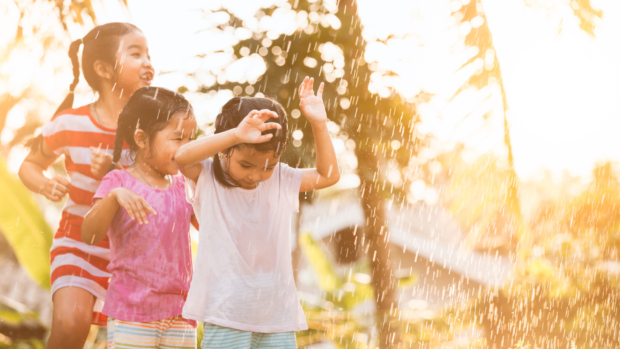Japanese Encephalitis (JE) remains one of the world’s most serious infections with no definitive treatment. The problem, however, is that anyone is at risk of acquiring it, including children. In this day and age, the last thing parents want is to have another illness to worry about.
Knowing about Japanese Encephalitis, its causes, and symptoms can help in the prevention of an infection.
Transmission
According to the Center for Disease Control and Prevention (CDC), Japanese Encephalitis is the leading cause of vaccine-preventable encephalitis in Asia and the western Pacific. It is imminent mostly in rural parts of Asia. The risk is very low for most travelers to Asia, but this depends on other factors, like the destination, the duration of the travel, the activities, and the season.
The JE virus is transmitted to humans from a bite of infected Culex species mosquitoes. The cycle between mosquitoes and pigs and wading birds maintains the virus, making humans the dead-end hosts. Places that are breeding grounds, like those associated with flooding irrigation and rice production, for mosquitoes are considered risky.
In the Philippines, as a tropical country, transmission, unfortunately, can occur year-round. The peak is often during the rainy season, which is usually from June to October. Kids in particular who are fond of playing in the rain and jumping on muddy puddles are susceptible to getting this virus.
Symptoms
The tricky part here is that most people infected with JE do not exhibit symptoms of the infection. Either that or they only have mild symptoms. The slightest hint of symptoms is usually fever and a headache.
Others, on the other hand, experience neck stiffness, seizures, and the worst-case scenario, coma. What’s alarming is that about one person in 4 with encephalitis dies. Half of those, sadly, suffer from permanent disability.
What parents can do
As people always say, prevention is always better than cure. This rings true, especially in the Philippines where mosquito prevention and control is high up in everyone’s priority as they are very common in the country’s tropical environment.
For Jean, a mom to a four-year-old boy, mosquito bites are a no-no. “I know that mosquitoes are known to spread diseases like dengue, malaria, apart from JE, so I make sure my kid and I are protected against these insects. For one, I always apply citronella lotion on David. He knows the drill: after taking a bath, whether in the morning or at night, we have to apply citronella lotion all over his body,” she shares.
Additionally, protective clothing is also a must especially in this rainy season when they spend time at the park, or simply walk around their village. “As long as the clothing’s comfortable and doesn’t get in the way of David’s playtime, he’s OK and I could not be more thrilled to know he’s protected,” she admits.
Of course, Jean also does other things to make sure their home is mosquito-free. As a plant lover with about 18 potted plants, she makes sure they are not brimming with stagnant water, especially the water catchers of each pot.
Another thing is making sure the bucket of water they have at home is either covered or empty so no mosquitoes can develop in the water. “I get rid or take care of any spot at home that could possibly be a place for or with stagnant water. That’s a non-negotiable for me,” Jean shares.
Necessary precautions at home and outdoors are extremely important. But it would be best to consult with the family doctor. Know more about the prevention measures to keep children protected against JE. Talk to a doctor today, or visit Vaccine Real Talk FB page for more information.
INQUIRER.net BrandRoom/JA
